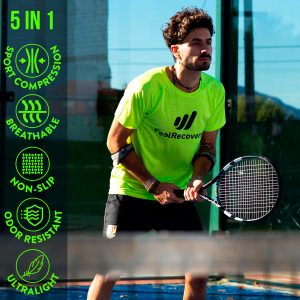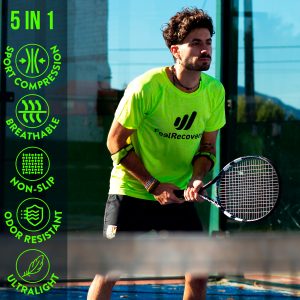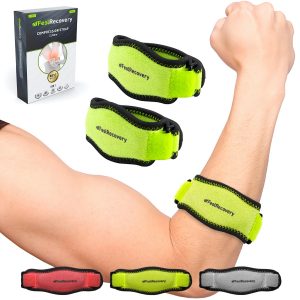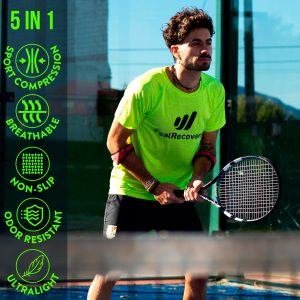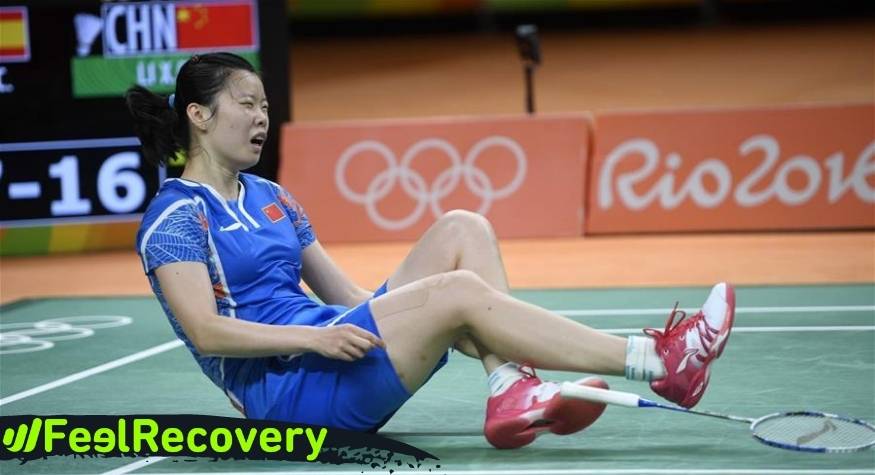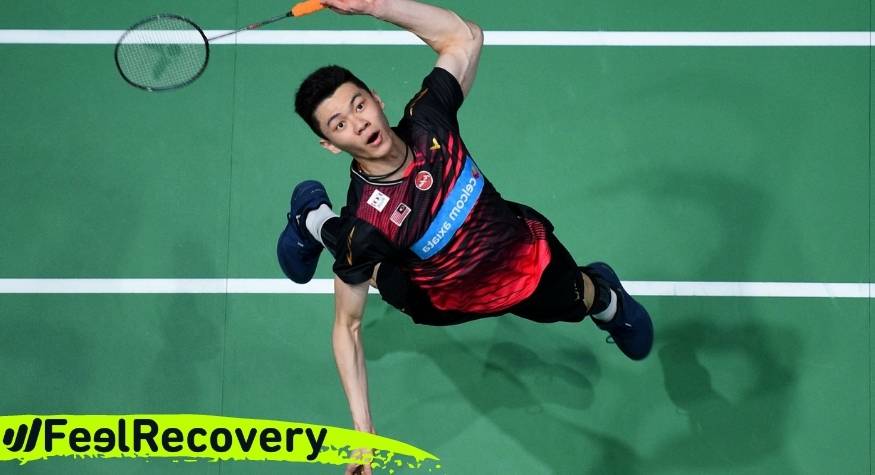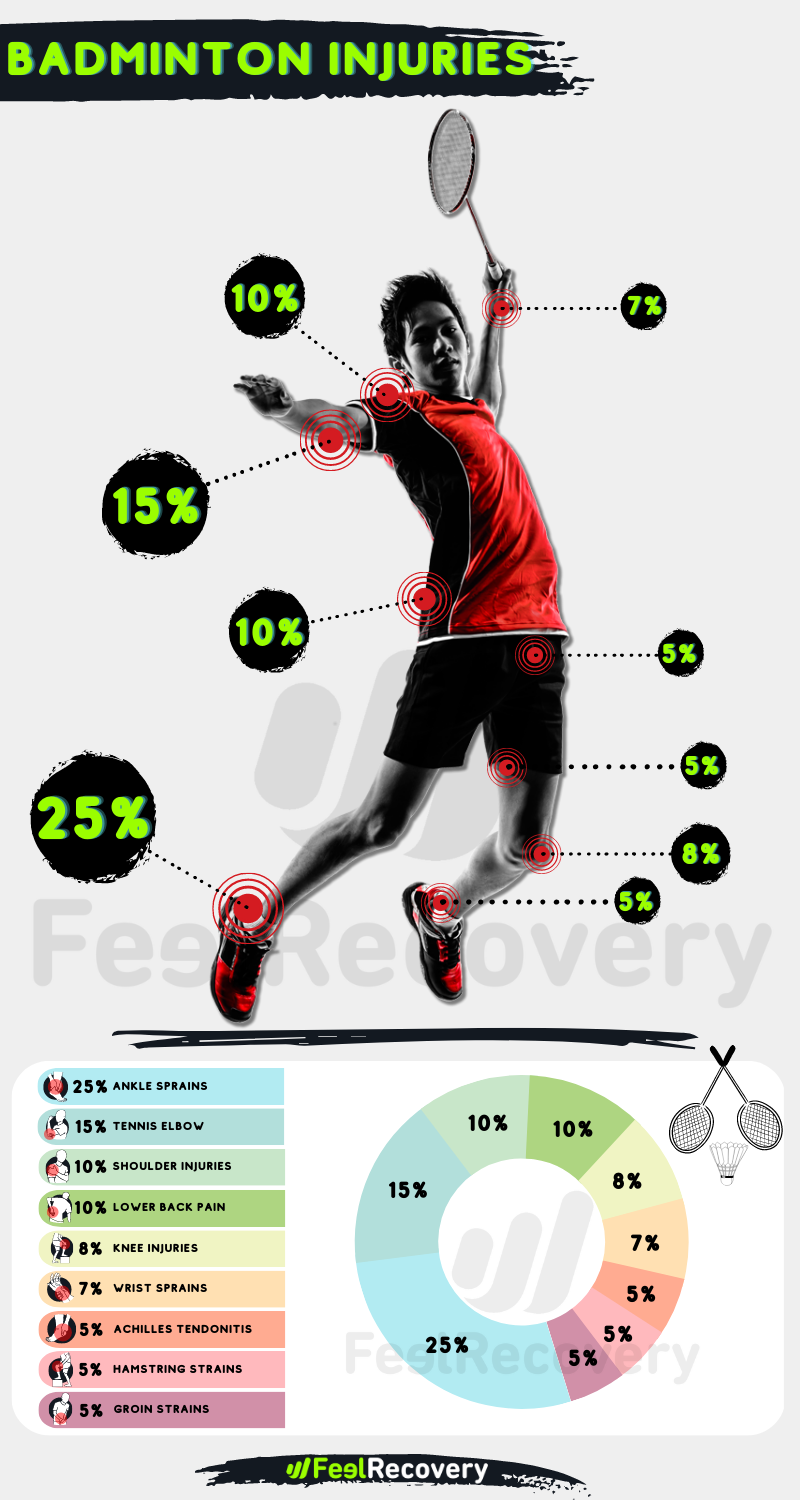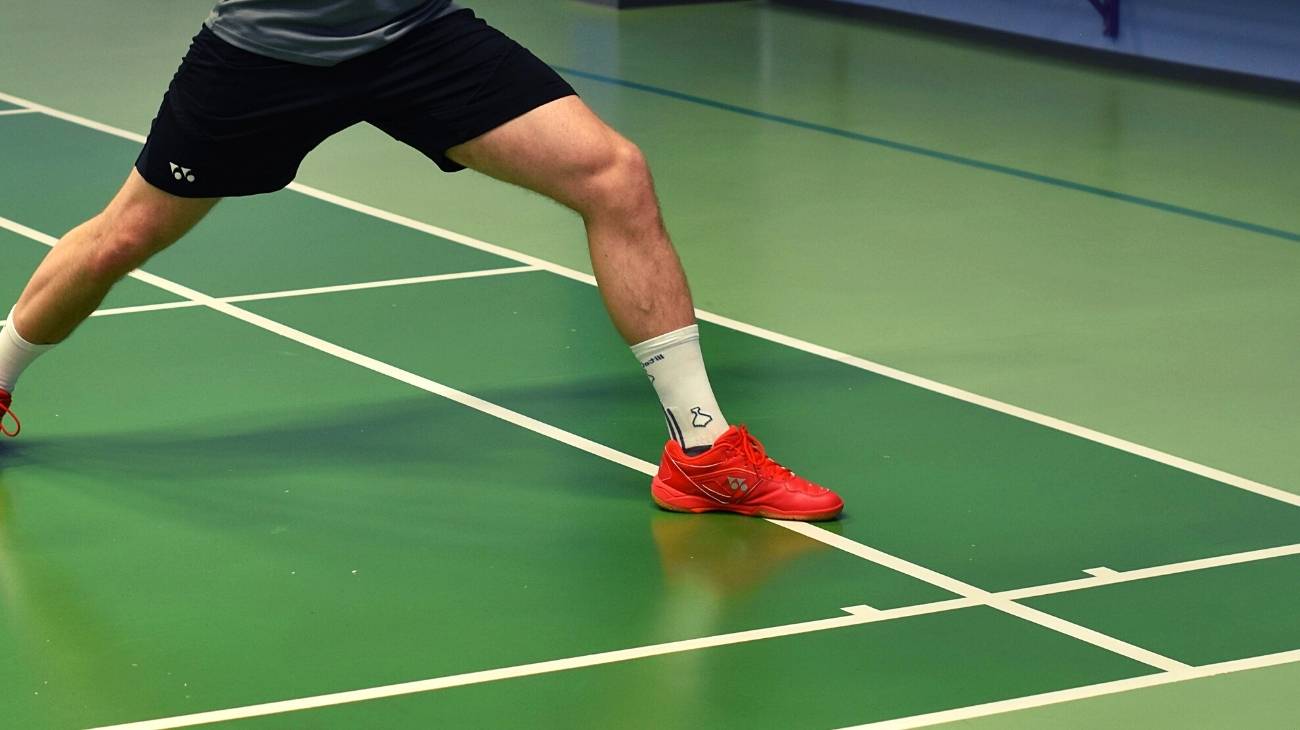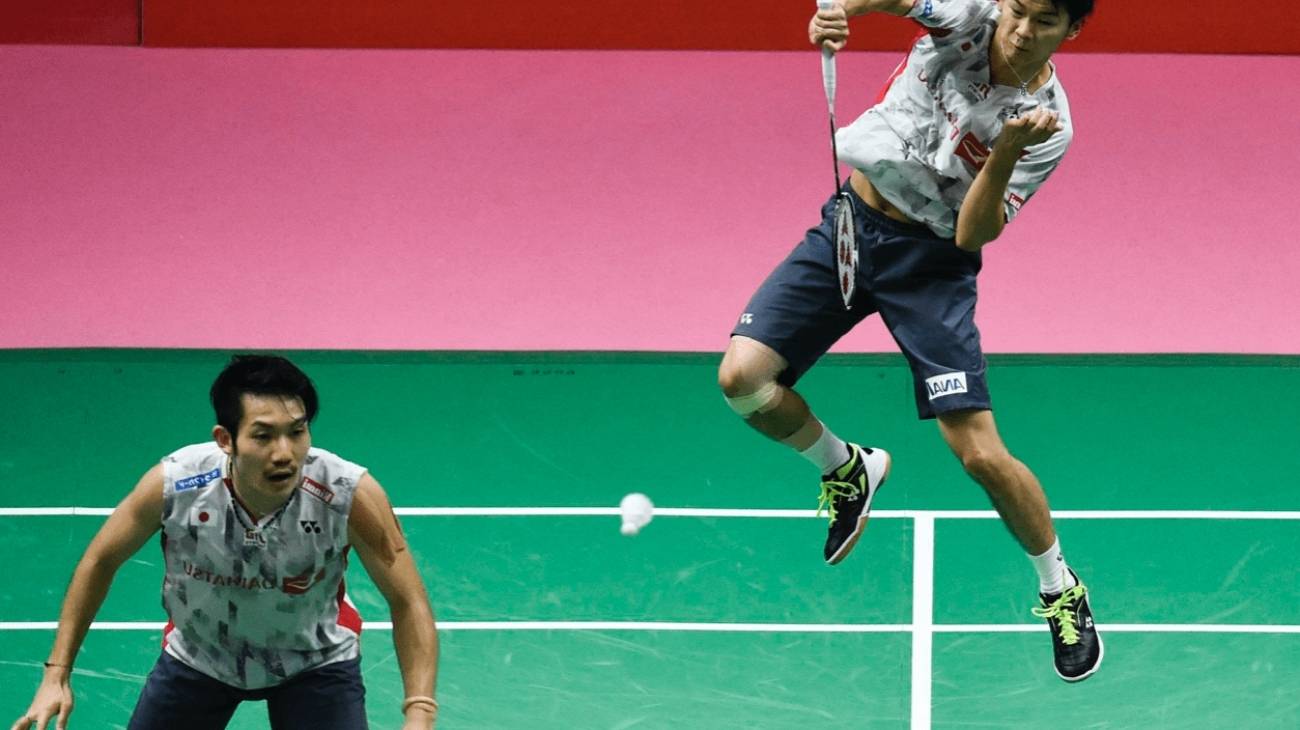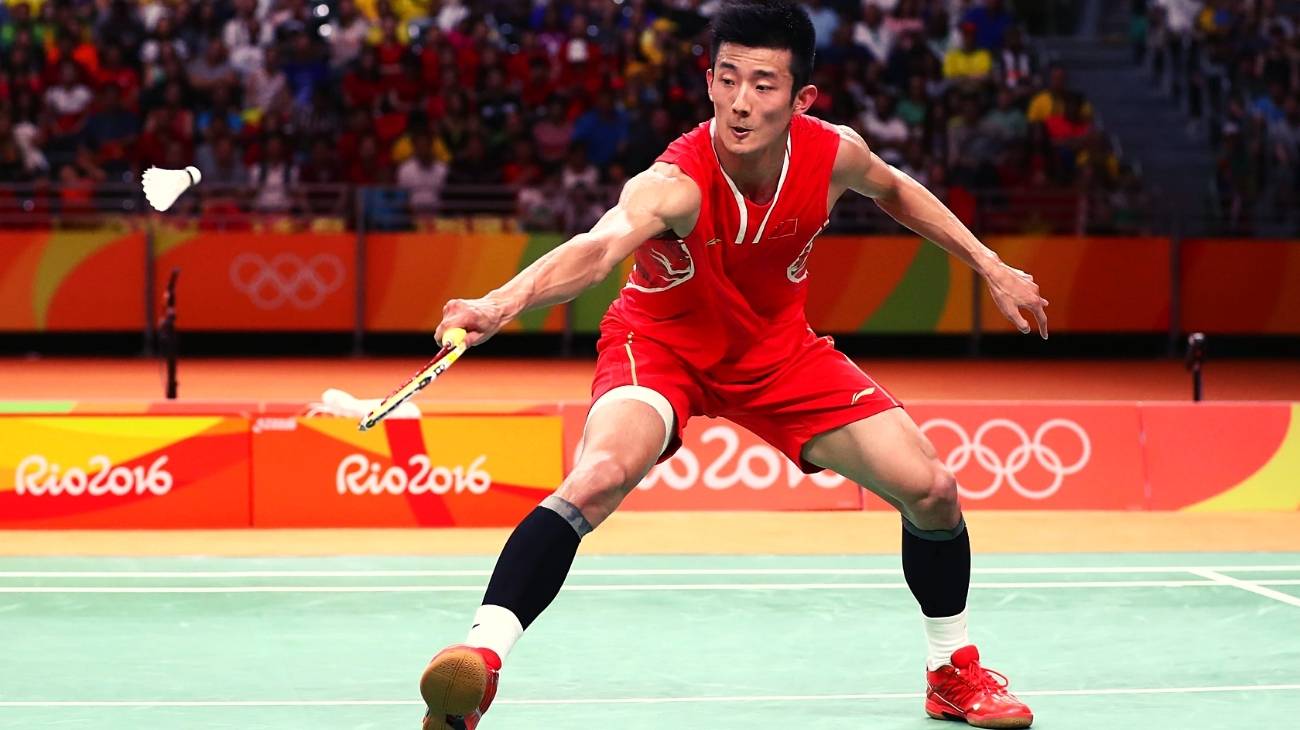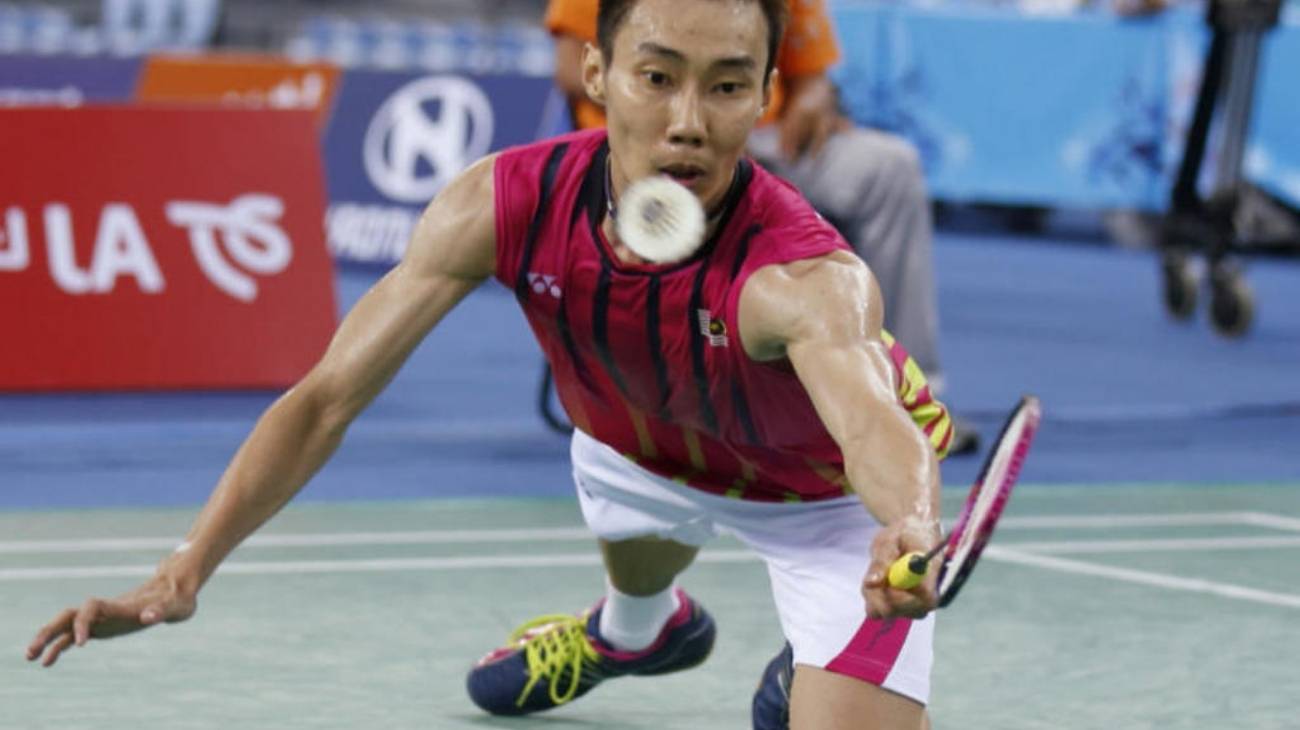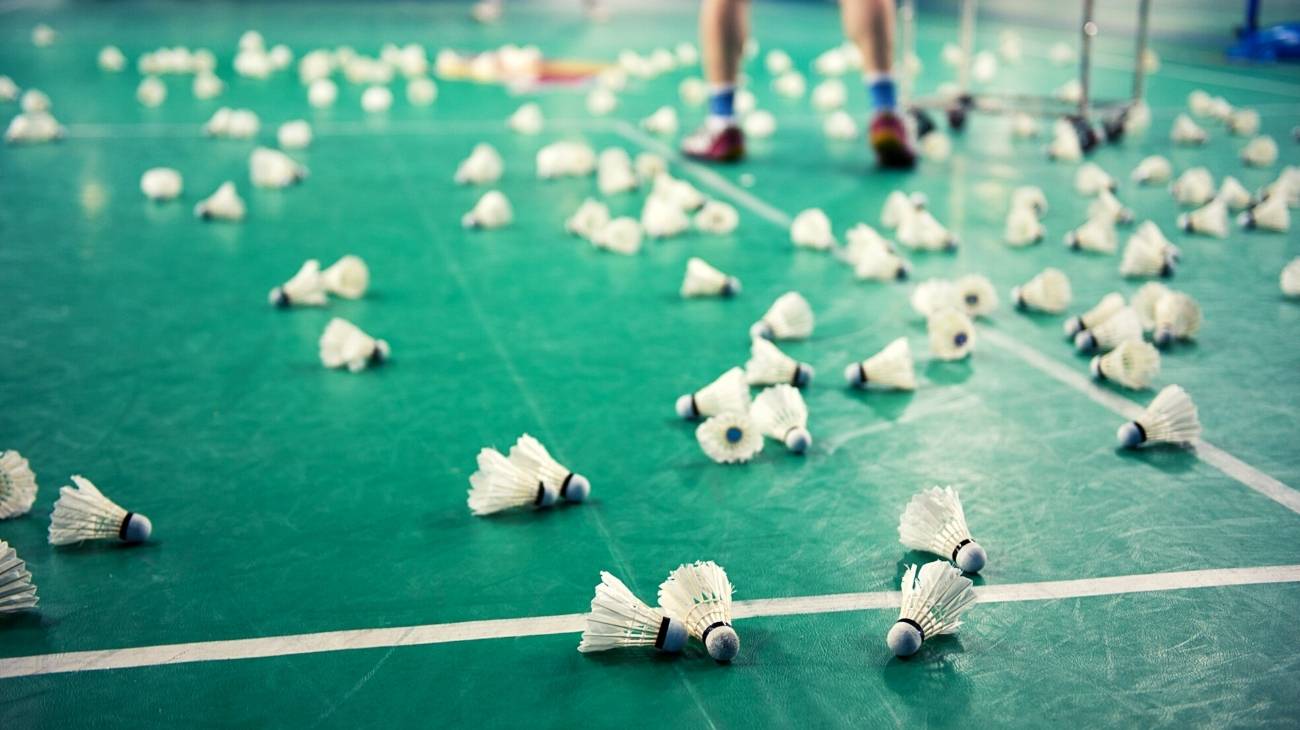There is much you don't know about this Olympic sport, for example, that it is more than 2,000 years old and still unknown in much of the world. And that the body puts a lot of effort into making the shuttlecock or feather (as the badminton ball is known) reach 340 km/h.
As there is a lot to know, we will show you what are the most common types of badminton injuries, how to prevent them and how to apply the PRICE therapy as first aid and avoid future complications.
What are the most common types of injuries when playing badminton?
The upper extremities, trunk and lower extremities that withstand the demands of the sport are vulnerable to injury. As with all racket sports, the wrists, knees and ankles are the most commonly injured parts of the body. Check out this list of injuries by area of the body to learn about the most common badminton injuries.
Shoulder injuries
Although the forearm and upper arm take a lot of wear and tear, the shoulder is the joint with the greatest range of motion. Among the most common injuries in this area are:
- Dislocations and subluxations: damage to the ligaments that keep the shoulder joint stable. The glenoid labrum, a fibrocartilage articular structure located in the glenoid cavity of the shoulder, is injured, causing the shoulder to dislocate completely (dislocations) or partially (subluxations). In both cases, the ideal is to stop the game and start the first aid of the RICE therapy immediately.
- Rotator cuff damage: the main causes are wear and tear due to age and poor body position of the player. The main tendon to be affected is the supraspinatus, which can even rupture completely. The pain can involve the whole arm, but rest is enough to be back on the court in a few days if it is not a serious injury.
- Supracapular nerve compression: this injury has a traumatic origin, as it occurs due to atrophy of the supraspinatus and infraspinatus muscles. It prevents complete extension of the arm, and pain is felt at the upper edge of the scapula, which is often mistaken for a fracture.
- Tennis elbow: refers to overuse of the muscles of both the elbow and wrist. When the pain is chronic, it reaches the shoulder. It is caused by repeated and forceful flexion and extension of the arm to hit good shots. This condition causes weakness in the muscles and difficulty in performing any full arm movement.
- Golfer's elbow: the pain manifests itself on the inside of the elbow and there is also weakness and pain in the wrist when bending it. In these cases it is best to apply the PRICE therapy, as well as the use of cold/heat therapy. Over the years wear and tear will occur from repeated bending and possibly poor technique when hitting the steering wheel which may lead to having to give up the sport if not treated in time.
Knee injuries
These are less common, but they do feature among badminton injuries. Remember that the knees and ankles receive all the weight of the athlete and the movements required are short and explosive:
- Chondromalacia patellae: wear and tear on the knee becomes evident and pain arises at the bottom of the kneecap. After this injury, the knee hurts when going up and down stairs or when kneeling. Returning to the courts will be a matter of full recovery, without haste.
- Patellar tendonitis: This is caused by overworking the tendon that connects the kneecap to the tibia. The worst thing you can do is to keep moving your leg once you detect this inflammation. Gradually warm up and prepare the muscle with low-intensity exercises such as walking or cycling before you can compete again.
- Meniscus injury: Among the quick movements of a badminton player is twisting the knee and keeping the foot completely flat on the ground. This can cause the meniscus, the cartilage that separates the tibia from the femur, to tear, resulting in severe pain and swelling in the knee. Continuing to compete in this condition can cause a rupture of the cruciate ligaments, which would be an extremely serious injury.
- Knee bursitis: less common, but jumping from high kicks wears down the bursae, which are located between the joints to cushion falls. These bursae become inflamed and cause mild pain that is relieved by rest and anti-inflammatory medication.
- Ligament injuries: a sudden movement or sprain of the knee causes this. In this injury, the anterior cruciate ligament and the internal lateral ligament are affected. This injury is corrected by means of arthroscopy, and then the athlete can return to the court by means of physiotherapy. It is one of the most serious injuries for any badminton athlete or any other high-impact discipline.
Foot and ankle injuries
Muscle fatigue due to repetitive movements will always be a problem for athletes, as the lower limbs wear out and cause some of the most frequent injuries in badminton.
- Achilles tendon tendonitis: occurs when the so-called Achilles tendon becomes inflamed. It is a tear in the back of the leg, which causes severe pain in the leg. This tendon is one of the strongest and most powerful tendons, formed by the gastrocnemius or calf muscles. Excessive inward rotation of the foot can affect it, as well as excessive tension on the tendon.
- Sprained ankle: being an intense and fast sport, the outer lateral ligament of the foot is the most affected. Sprains come in various degrees, and often in this sport they are not serious, although they do require a period of sick leave of one or more weeks.
- Stress fractures: this is not a mental stress but a physical stress. It is a muscular fatigue that results in a fracture of the foot or ankle. It is the result of the acceleration or abrupt change in training, as the muscles and ligaments are exhausted, the bones suffer more and give way.
Best products for badminton injury recovery
Bestseller
-
2 Ankle Compression Sleeve (Green/Navy)
£20,95 -
2 Elbow Compression Sleeve (Black/Gray)
£20,95 -
2 Elbow Compression Sleeve (Green/Navy)
£20,95 -
2 Elbow Compression Sleeve (Pink/Bordeaux)
£20,95 -
2 Knee Compression Sleeve (Black/Gray)
£20,95 -
2 Knee Compression Sleeve (Green/Navy)
£20,95 -
2 Knee Compression Sleeve (Pink/Bordeaux)
£20,95 -
2 Thigh Compression Sleeve (Black/Gray)
£20,95 -
2 Thigh Compression Sleeve (Green/Navy)
£20,95 -
2 Thigh Compression Sleeve (Pink/Bordeaux)
£20,95 -
Microwaveable Wheat Bag for Pain Relief (Hearts)
£20,95 -
Microwaveable Wheat Bag for Pain Relief (Oxford)
£20,95 -
Microwaveable Wheat Bag for Pain Relief (Sport)
£20,95 -
Wheat Bag for Microwave Classic Bottle Shaped (Hearts)
£20,95 -
Wheat Bag for Microwave Classic Bottle Shaped (Oxford)
£20,95 -
Wheat Bag for Microwave Classic Bottle Shaped (Sport)
£20,95
-
2 Ankle Compression Sleeve (Black/Gray)
£20,95 -
2 Ankle Compression Sleeve (Pink/Bordeaux)
£20,95 -
2 Patella Knee Strap (Black/Gray)
£12,95 -
2 Patella Knee Strap (Green/Navy)
£12,95 -
2 Patella Knee Strap (Pink/Bordeaux)
£12,95 -
2 Tennis Elbow Brace (Black/Gray)
£12,95 -
2 Tennis Elbow Brace (Green/Navy)
£12,95 -
2 Tennis Elbow Brace (Pink/Bordeaux)
£12,95 -
Foot Massage Roller for Plantar Fasciitis (Black)
£20,95 -
Foot Massage Roller for Plantar Fasciitis (Green)
£20,95 -
Foot Massage Roller for Plantar Fasciitis (Pink)
£20,95 -
Ice Massage Roller Ball (Black)
£34,95 -
Ice Massage Roller Ball (Green)
£34,95 -
Ice Massage Roller Ball (Pink)
£34,95 -
Shoulder Support Brace (Black)
£24,95 -
Shoulder Support Brace (Green)
£24,95 -
Shoulder Support Brace (Pink)
£24,95 -
Soft Density Foam Roller for Recovery (Black)
£34,95 -
Soft Density Foam Roller for Recovery (Green)
£34,95 -
Soft Density Foam Roller for Recovery (Pink)
£34,95
How to prevent injuries when playing badminton?
Good training will always be the key to avoiding injuries, as you allow your body to be prepared on the court. Check out this list of what you should do to avoid them.
- Warm up well: a good warm-up in this sport consists of four important stages: general warm-up, jogging, specific warm-up and stretching. During the general warm-up you should start with the joints, with exercises such as ankle, knee, hip and elbow rotations. We must get every part of our body moving before we start jogging. Walking or jogging uses almost every muscle and joint.
- Finish your workouts with a cool down: to finish a workout properly, you must go through a cool down process, and stretching is very useful for that. For example, to stretch your calves sit on the floor with your legs apart and then try to touch the tips of your toes, you should do it on each side separately.
- Good nutrition and hydration: eating a heavy diet is contraindicated, it is best to eat at least five times a day in moderation. What should you aim for in your diet? Low-glycemic carbohydrates. These are cereals, rice, oatmeal, bread, wholemeal pasta, pulses, fruit and vegetables.
- Improve your fitness: badminton players have to jump, run, brake and change position quickly, so it is an endurance sport in which having a large amount of fat (overweight) is not advisable. All exercises should be based on maintaining a good heart rate and aerobic endurance.
- Sports massage: a good massage provides flexibility and strength, as well as increasing venous and lymphatic circulation. Depending on the technique used, it can tone muscles, reduce cramps and spasms. As you can see, massages are not just about relaxing the body, they prepare it before a competition and reduce the chances of injury. The calves, quads, hamstrings, fingers and forearms should be massaged. This massage should not be done on your own, you should always have a physiotherapist at your side to support you in this.
- Use of hot/cold therapies: there is a preventive and a corrective use in these therapies. When we talk about preventive, it is because we want long-term effects such as improving the quality of our musculature. In case of injury, we apply ice (cold therapy) to reduce inflammation and avoid complications. This narrows the capillaries and reduces blood circulation, which reduces pain and the expansion of oedema.
- Use of compression garments: although they are more commonly used in sports such as basketball, badminton players also use them to increase their performance and continue competing despite minor discomfort. These garments regulate temperature, reduce fatigue, prevent injury and pain, as well as speed recovery from injury. Badminton athletes cover their arms and legs with the garments in specific cases, it is natural that they can train and compete without them. Compression sleeves help to keep the muscles warm.
- Use of acupressure therapies: Acupressure mat kits and acupressure implements are available on the market, but nothing is more favourable than having a specialist do it. Acupressure touches points on your body through the fingers and palms of your hands to relieve muscle tension and redistribute accumulated energy to a single point on your body. In addition to this, it also improves sleep, contributes to good digestion, reduces headaches and promotes blood circulation throughout the body.
- Use of thermotherapy: these are used to achieve long-term positive effects in athletes, the main difference being the classic use of heat and cold as a way of treating injuries. Thermotherapy stimulates the thermo-receptors of heat in the body, as well as the blood flow, which makes the nutrients reach the muscles better.
- Use of cryotherapy: Cryotherapy is used for its generalised action and should be applied in the first 48 to 72 hours after an injury. It stimulates the cold thermo-receptors. It serves as a vasoconstrictor because it reduces blood flow and also relieves pain and promotes muscle recovery.
- Use of right equipment: Rackets are the main tools of the athlete, so for professional use they should be light, between 75 and 90 grams. They are made of carbon fibre with excellent strength in proportion to their weight. In the past, racquets were made of aluminium, but their energy transfer to the shuttlecock was not as efficient. As far as clothing is concerned, the sweatshirt and shorts should be made of a breathable fabric.
How to apply the RICE therapy to treat first aid injuries in badminton?
The PRICE therapy is an update to the old RICE therapy, which is better known in the sports world. It consists of five ways of dealing with an injury in the first few minutes and paves the way for short and medium-term recovery.
- Protection: it is unlikely that a serious injury will occur during a match, these usually occur during intense training. To protect a sprain, strain or tendonitis, physical activity should be stopped immediately. As a lower limb is often injured, the player should be seated and a light bandage should be applied to the affected area.
- Rest: at the same time as the activity is stopped, relative rest begins, ranging from keeping the affected part immobile to give the damaged tissues a chance to regenerate, to gentle movements to help return to the court. Sometimes walking and moving the joint helps, but only for mild sprains or cramps.
- Ice: one of three steps to control pain, swelling and reduce oedema in the event of a hard blow or tear. Creams and sprays are available to help with these effects if the sports doctor feels the player can continue.
- Compression: moderate pressure is applied to the thigh, foot or wrist in the case of a mild or moderate injury. How to differentiate from a severe injury? The colour of the skin, the swelling and the pain will let you know at the time. In this scenario, quit the game.
- Elevation: Cutting off the blood flow to the injured area will help the effects of ice and compression. After a few minutes, if the pain does not subside, elevate the arm or leg above the level of the heart. This will serve to lower the amount of blood circulating.
Most of the steps of this method have been used since 1978, but it has been updated and improved for each sport to make it more effective. In badminton it should be used to treat minor injuries, such as muscle soreness or first degree sprains, as chronic or more serious injuries are best treated by a specialised medical assistant.
References
- Krøner, K., Schmidt, S. A., Nielsen, A., Yde, J., Jakobsen, B. W., Møller-Madsen, B., & Jensen, J. (1990). Badminton injuries. British journal of sports medicine, 24(3), 169-172. https://bjsm.bmj.com/content/24/3/169.short
- Fahlström, M., Björnstig, U., & Lorentzon, R. (1998). Acut badminton injuries. Scandinavian Journal of Medicine & Science in Sports, 8(3), 145-148. https://onlinelibrary.wiley.com/doi/abs/10.1111/j.1600-0838.1998.tb00184.x
- Jørgensen, U., & Winge, S. (1987). Epidemiology of badminton injuries. International journal of sports medicine, 8(06), 379-382. https://www.thieme-connect.com/products/ejournals/abstract/10.1055/s-2008-1025689
- Hensley, L. D., & Paup, D. C. (1979). A survey of badminton injuries. British Journal of Sports Medicine, 13(4), 156-160. https://bjsm.bmj.com/content/13/4/156.short
- Pardiwala, D. N., Subbiah, K., Rao, N., & Modi, R. (2020). Badminton injuries in elite athletes: A review of epidemiology and biomechanics. Indian journal of orthopaedics, 54(3), 237-245. https://link.springer.com/article/10.1007/s43465-020-00054-1
- Jørgensen, U., & Winge, S. (1990). Injuries in badminton. Sports Medicine, 10, 59-64. https://link.springer.com/article/10.2165/00007256-199010010-00006
- Goh, S. L., Mokhtar, A. H., & Mohamad Ali, M. R. (2013). Badminton injuries in youth competitive players. J Sports Med Phys Fitness, 53(1), 65-70. https://www.researchgate.net/profile/Siew-Li-Goh-2/publication/235885246_Badminton_injuries_in_youth_competitive_players/links/57484a8608ae707fe21fbb10/Badminton-injuries-in-youth-competitive-players.pdf
- Muttalib, A., Zaidi, M., & Khoo, C. (2009). A survey on common injuries in recreational badminton players. Malaysian Orthopaedic Journal, 3(2), 8-11. https://citeseerx.ist.psu.edu/document?repid=rep1&type=pdf&doi=ba75ad32fb698b19e4fb3d1d8c735616e3a6993d
- Fu, L., Ren, F., & Baker, J. S. (2017). Comparison of joint loading in badminton lunging between professional and amateur badminton players. Applied Bionics and Biomechanics, 2017. https://www.hindawi.com/journals/abb/2017/5397656/
- Feng, B., & Wang, X. (2022). Study on sports injuries and rehabilitation in badminton players. Revista Brasileira de Medicina do Esporte, 29. https://www.scielo.br/j/rbme/a/PCH35GrCYHVnLZzmzMbgrZq/abstract/





















































